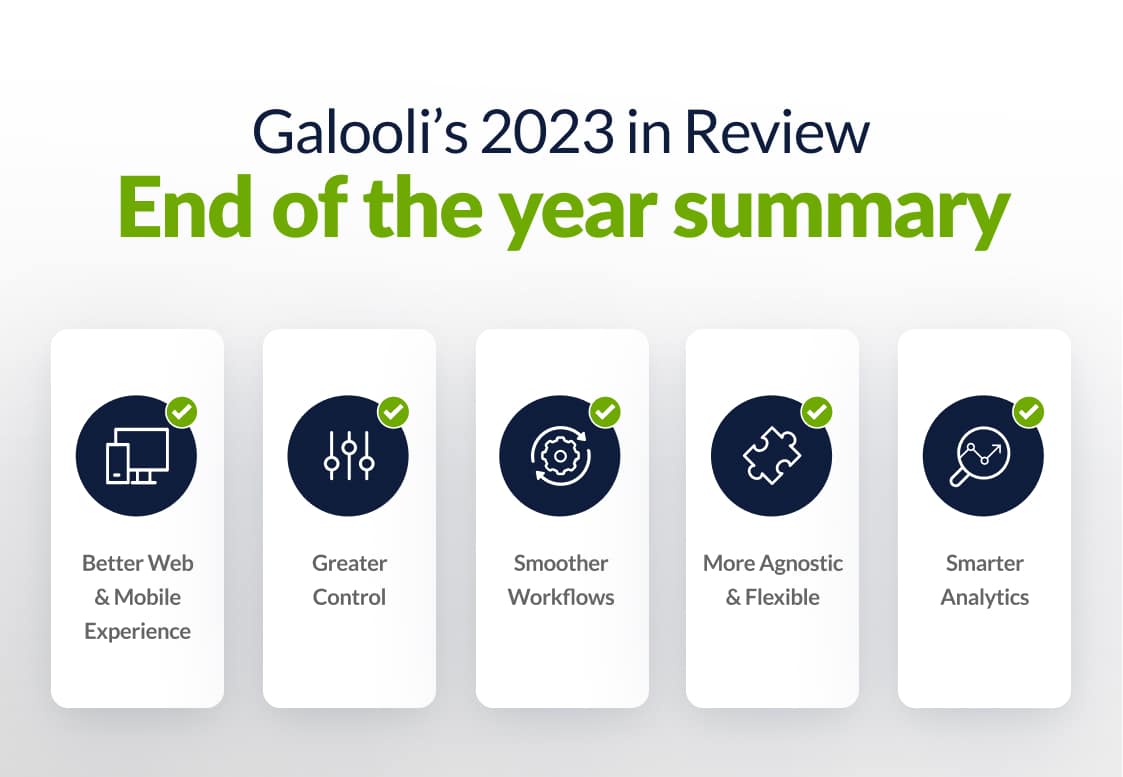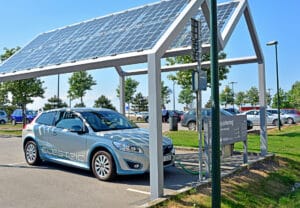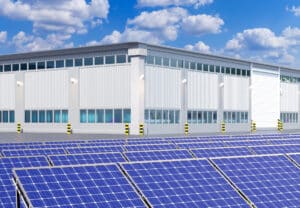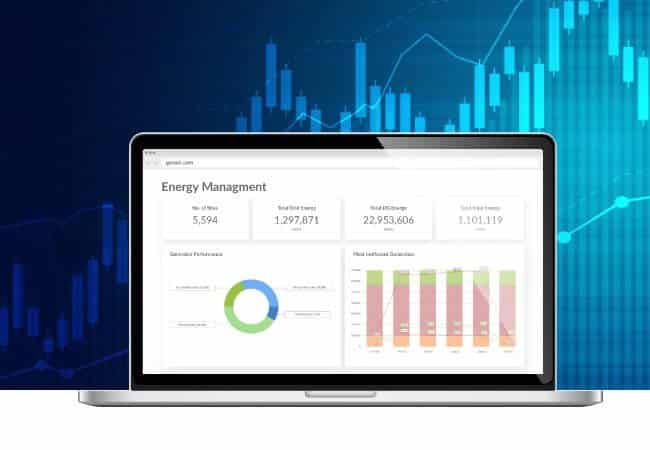
As climate change charges on, governments around the world have pledged to reduce emissions to reach important climate goals by 2050.
Organizations and states continue to look for innovative methods to become more energy conscious with these necessary reductions all hinging on efficient energy use.
These new goals are increasingly achievable as renewable energy costs plummet as they begin to compete with traditional fossil fuels. But, renewable energy requires a far greater investment and more effort than what is going on presently.
Energy Management Systems are a great option to get the most out of current usage.
Energy management systems help automate various traditionally binary processes that require human resources and time to complete. They also help actively monitor your energy use and performance and ensure everything is running as it should, to maximize cost savings and minimize waste.
Let’s look at how IoT technology has been blended with energy management to provide intelligent energy outlooks and more efficient operations.
What is IoT Energy Management?
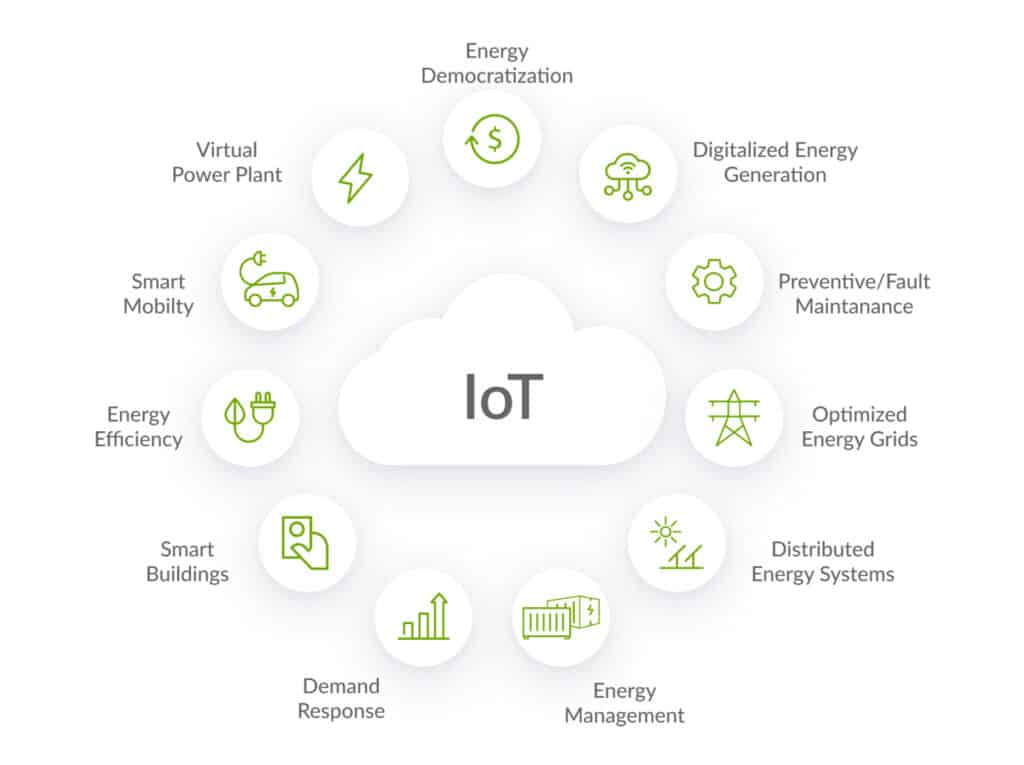
IoT Energy Management is the integration of connected smart technologies into your energy monitoring and management process, allowing for remote access and control over your assets. This provides organizations with a live stream of their energy performance data, usage, and vital historical information.
IoT energy management provides an in-depth look into energy performance and is often focused on relevant value-providing KPIs that can be acted upon in the case of inconsistencies. To achieve this, you must have a direct connection to your assets onsite. Though there are several methods to accomplish this, they all rely on IoT-enabled sensors to provide their insights.
Why is IoT important for Energy Management?
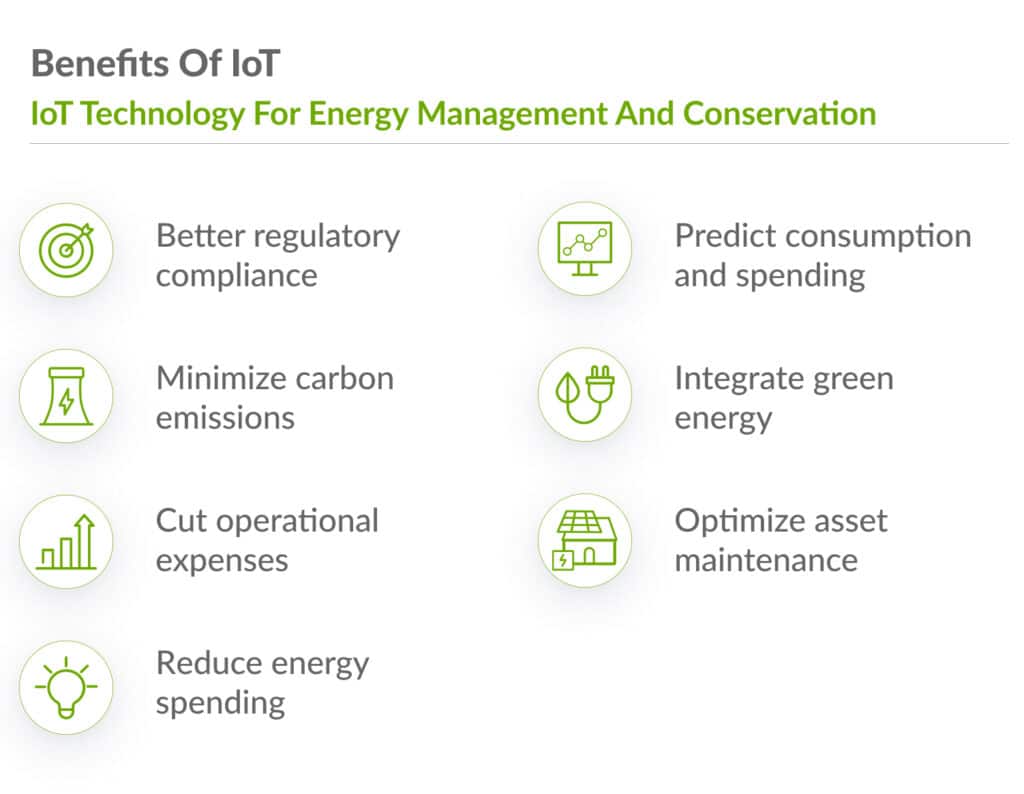
Where traditional energy management still requires a lot of human resources and onsite visits, IoT-based energy management uses sensors or simply connects to your data stream. This reduces the operational costs, which are otherwise extensive with traditional energy management.
IoT energy management solutions provide a centralized interface to track and manage your remote energy assets and facilities. These platforms can help establish thresholds and live alerts to ensure any malfunctions or errant behavior is caught and mitigated. This way, organizations can focus on the most urgent problems and inefficiencies while avoiding unnecessary periodic visits and false flags.
Lastly, IoT technologies can provide remote controls for traditionally “dumb” machinery, allowing technicians to turn assets on and off or tweak parameters as necessary without being onsite. These sensors and solutions can help mitigate further damage to malfunctioning assets or protect technicians in the case of remote site locations in unsafe areas.
Five tips to save big on energy use
1. Implement Smart Meters
Operators must have a real-time view of each client’s energy consumption for colocation facilities like telecom sites and data centers. This includes keeping an active eye on their use and ensuring that monthly readings are accurate. Smart meters can monitor and pinpoint relative energy use and identify any inconsistencies in usage compared to expectations.
They also eliminate issues with billing by ensuring consistent data collection and sharing with clients, ensuring transparency and precision. These meters can also be accessed from anywhere, so there is no longer a need to visit sites periodically to check readings.
Smart meters can also provide demand forecasting to ensure that load and idle times are prepared for effectively. These features add significant cost savings due to accurate, consistent, and streamlined energy readings.
2. Switch up AC with DC power
The electric grid provides power to the world through AC power, but not every building or site can function with it. For this reason, various intermediaries are employed, like rectifiers for telecom sites and UPS for data centers, to turn AC into DC power.
These power converters are designed to maintain the greatest possible efficiency in converting all the AC to DC power. While most maintain a relative efficiency above 90%, this still leaves a percentage which is lost in the process.
This energy loss is released as heat, requiring even more energy to dissipate. This translates into significantly greater energy costs, worse efficiency, and undue stress on the assets involved in compensating for this loss.
By introducing DC power distribution, a single conversion is involved in the process, and the design itself is much more straightforward to integrate. DC power minimizes energy loss while lowering maintenance and operating costs with more durable energy assets, improved power quality, and less space required. This energy standard is also modular and flexible in its implementation and expansion, so it is much simpler to alter when needed.
3. Clean and green is the way to go
Nearly 3.6 billion people today are living in climate-compromised areas.
Though terms like “Net Zero” and “Global Warming” can be divisive topics, it is clear that organizations of all sizes are beginning to grasp the importance of ESG goals. A large part of this is examining not only the efficiency of your energy use but where you’re sourcing it from.
Almost 80% of the world’s population resides in countries that import more energy than they produce. Relying more on renewable and sustainable energy resources like solar, wind, and hydroelectric power is one of the most straightforward solutions to save on energy and reduce that reliance. Renewables provide perpetual energy that only needs to be harnessed, unlike purchased energy from the grid or fuel.
Renewable energy sources also help reduce your carbon footprint by providing a clean, green alternative that produces no additional greenhouse gasses from its use. This also reduces reliance on emitting assets like backup generators, further saving on energy costs and improving lifetime and durability.
4. Optimize your energy assets
Adding all renewable energy sources and latest energy hardware won’t mean anything if they aren’t calibrated and monitored correctly. Far from plug-and-play, remote energy assets need to be regularly checked to ensure they perform as expected.
The only way to stop wasting energy and putting unnecessary stress on your remote energy assets is to convert the data you are tracking into actionable insights. This involves analyzing real-time and historically collected data to find trends or inconsistencies that need to be calibrated.
Establishing performance thresholds for your energy assets is critical. These will help you track performance and detect spikes or potential malfunctions. These thresholds can be turned into live alerts that notify stakeholders in case of potential issues or more extensive outages. This allows them to mitigate further damage and minimize maintenance and replacement costs.
5. Keep your remote sites under control
One of the most significant obstacles to effective mitigation for ICT site operators is technician travel time and the incurred costs. It’s hard enough to maintain a small network of remote sites, let alone thousands or tens of thousands all at once. This is why having remote control capabilities and access to these assets from the comfort of your office is so important.
Organizations also need to be able to make changes accordingly and perform them without needing to visit each site to make the changes. Batch syncing and remote configuration are possible using specific remote monitoring and management (RMM) tools, making this process much less time-consuming and fluid.
These controls eliminate the need for most onsite technician visits and make the remediation process much quicker, cost-effective, and accurate. There is also little room for inconsistencies, with regular reports concerning asset status and any firmware or performance issues that arise.
IoT has revolutionized Energy Management
The energy management process has been revolutionized by the introduction of IoT technologies and solutions. From smart meters to live monitoring platforms and AI-based analytics and insights, IoT has allowed improving energy efficiency and operations to become simplified and remote.
There is a wide selection of changes you can make to improve your organization’s energy efficiency and carbon footprint, and the tips provided are only the beginning. The most important piece in all of this is to have a centralized, well-organized platform that can provide the tools necessary to optimize your energy assets and usage.





















